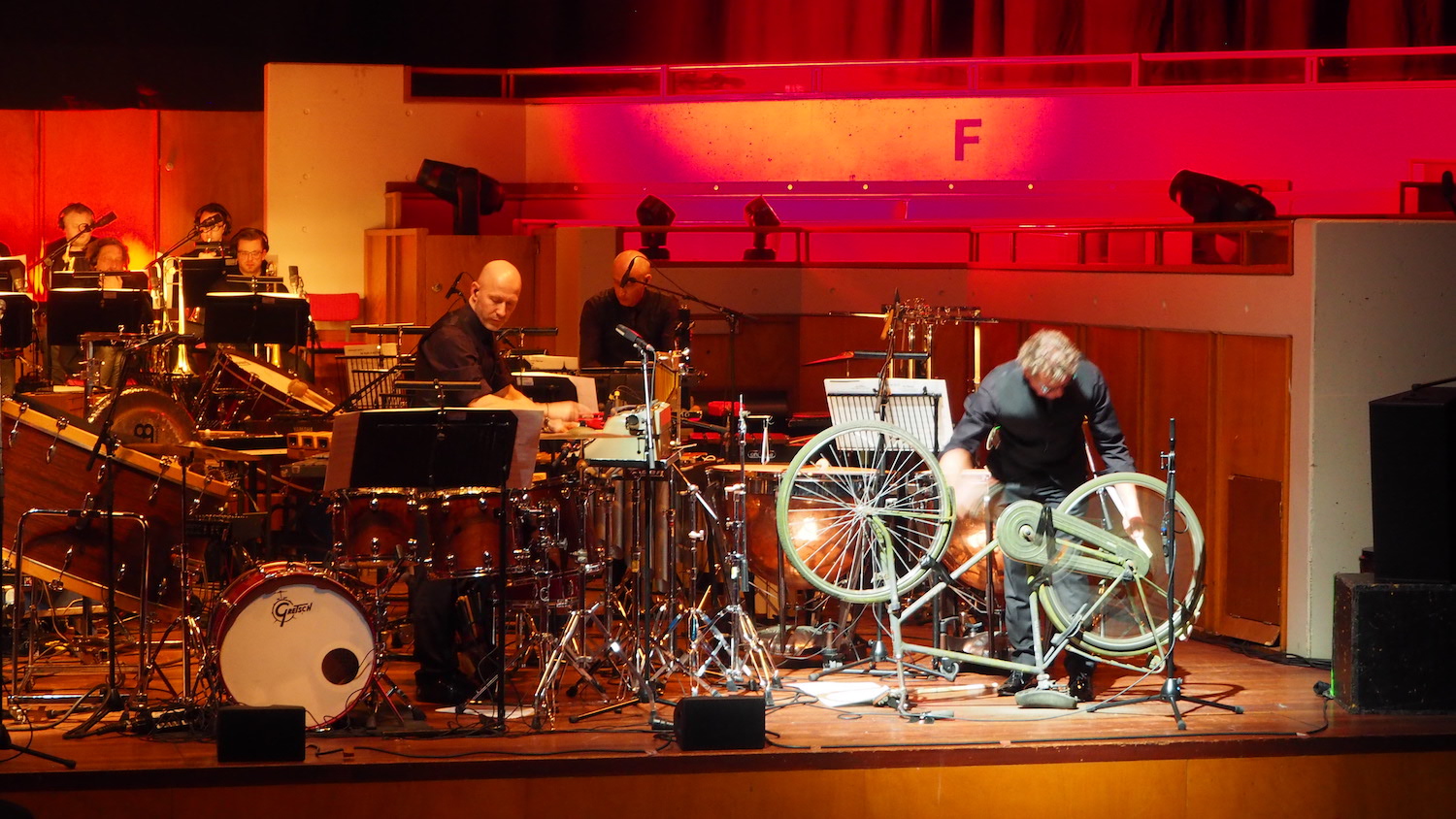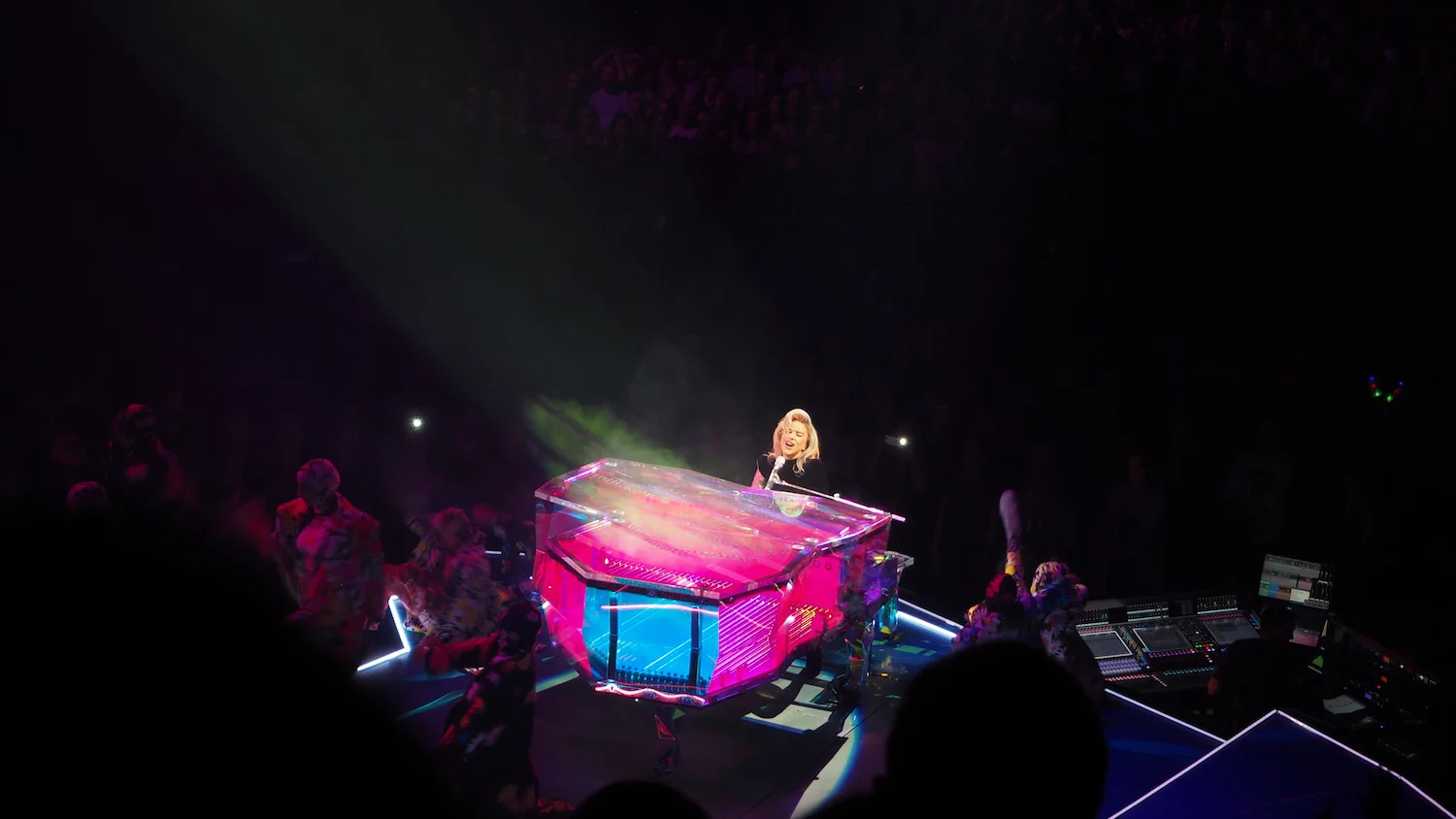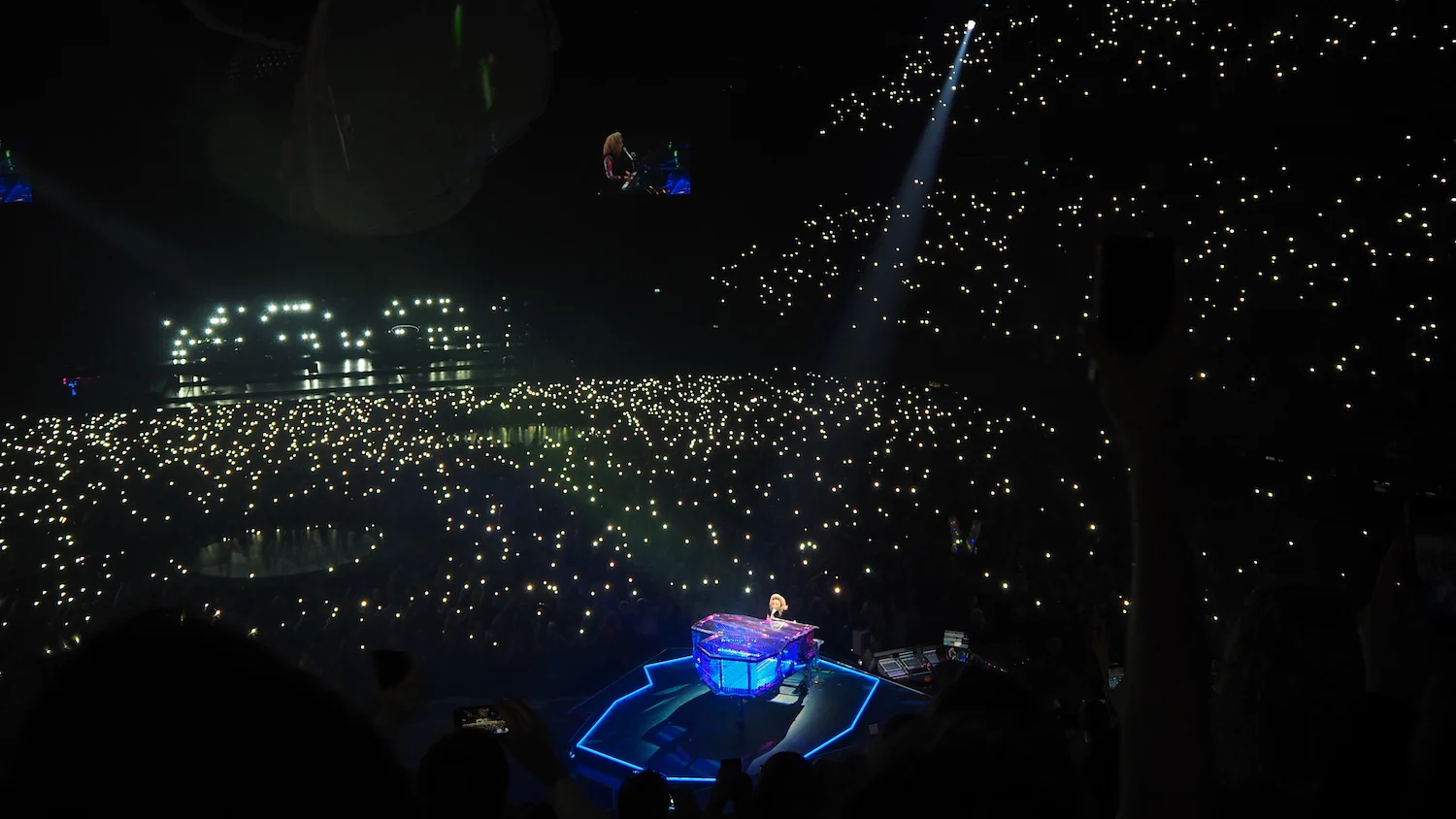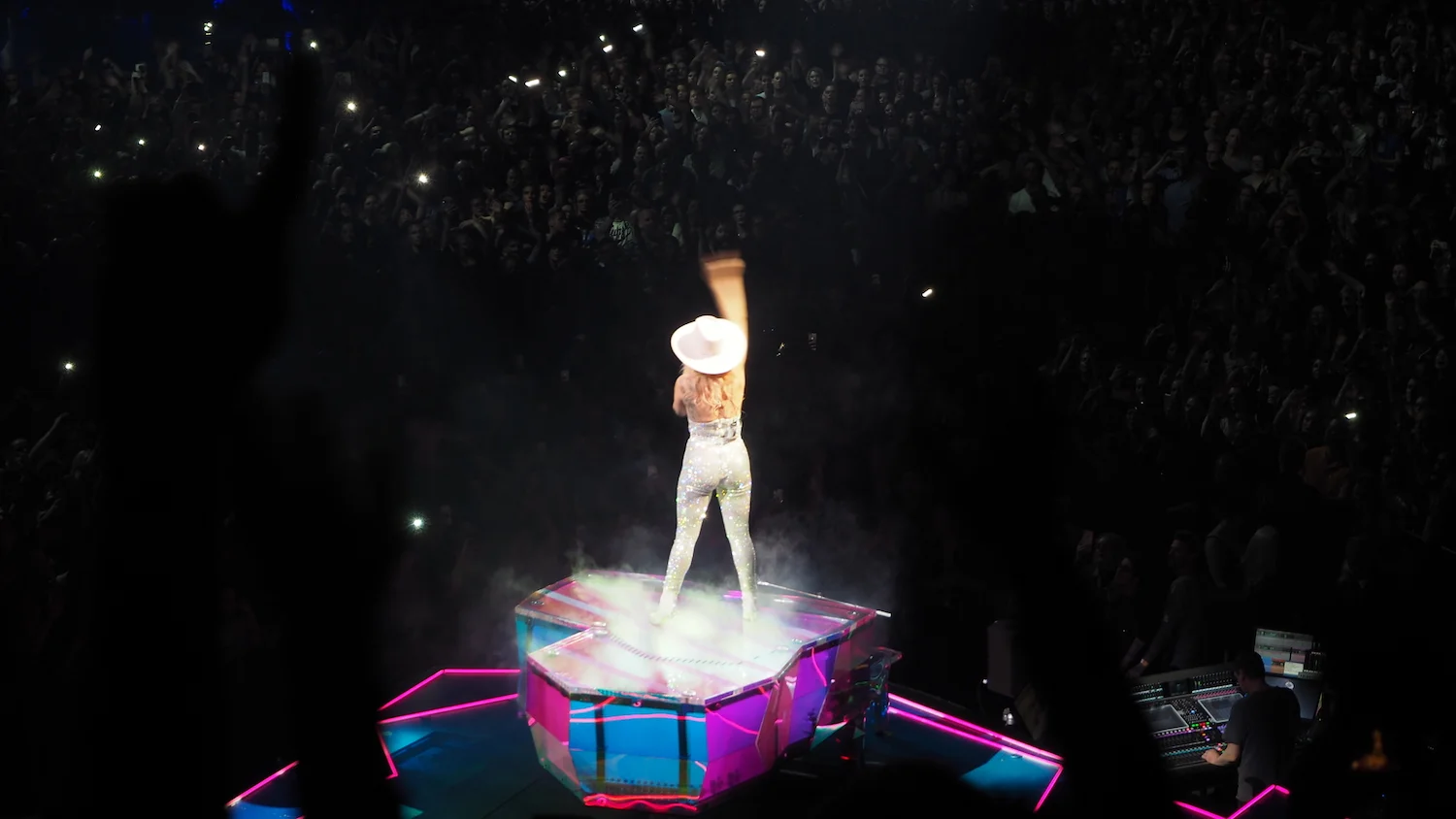
Best octave pedal for electric cello: Electro Harmonix Micro POG vs. tc electronic Sub 'n' Up
I had so much fun comparing these two octave pedals with my 5-string electric cello by NS Design! After I give my review, I will reveal which pedal I ended up going with (sadly I couldn't keep both and the Sub 'n' up was borrowed from my classmate and bass player Fabian, thanks Fab!).
Buy Electro Harmonix Micro POG: https://redir.love/bKahYSXG
Buy TC Electronic Sub ‘n’ Up: https://redir.love/SJEoTXnX
Build: the Micro POG is definitely bigger and also slightly sturdier (better for gigs and no worries getting scuffed on the edges). I really liked the size of the Sub 'n' Up and it was not really cheaply built or anything but because it has the paint around the whole pedal, it looks prettier, but then there is more paint to scratch off. Micro POG wins.
Foot switch: the Micro POG (and also other Electro Harmonix pedals) have a very stiff foot switch. It has a big click and needs quite some force to click it. Sub 'n' Up just feels more friendly and sensitive. Sub 'n' up wins.
Tracking: both are fine, with a slight delay, but expected I suppose. So it's a tie.
Sound: Sub 'n' Up in general is a smooth-sounding octave pedal has issues with gain. Micro POG octave up sounds a bit bright, but it tracks very well and you have a lot of gain to play with. The octave up also sounds a bit organ-like on both, so I think there is no winner for the upper octave. Sub 'n' Up has a more rounded sound but doesn't really help the sound to stand out. Overall sound-wise: Micro POG wins.
Modes: Sub 'n' Up has a few modes, but I kept it in polyphonic, since the monophonic option tracks really slowly and doesn't suit the electric cello. The TonePrint function I didn't even try, so I can't say if it is really good or not. Sub 'n' up also has an option for a sub 2 octaves down, which is a very cool option, but wouldn't say it was a deal breaker if my octave pedal didn't have one. The cello plays very low already (and I have an extra lower bass string) so I don't really need it. I prefer having one octave up and one octave down for the cello. Sub 'n' up wins for extra functionality.
The charger: I wouldn't usually need to mention such a trivial thing but one big 'con' about the Micro POG is that it uses a very big and heavy adapter with a very thin cord which is 220V and not recommended to be used with a 9V daisy chain. It's really something I hate about the Micro POG.
Overall: in the end I chose the Micro POG because of the sound. It felt more raw, and analogue, and consistently loud on both sub and octave up. Sub 'n' up sounded more digital, smooth, safe, and the sub was loud but not defined, and the octave up was not loud at all even at the highest gain.
The cello in the photo is the NS Design CR5 5 string electric cello by Ned Steinberger.
Buy Electro Harmonix Micro POG: https://redir.love/bKahYSXG
Buy TC Electronic Sub ‘n’ Up: https://redir.love/SJEoTXnX
—
If you’ve reached this far down of my blog post, please take a few seconds to:
Subscribe to my YouTube
Follow my Instagram
Like my Facebook
GIG REVIEW: Henrik Schwarz and Metropole Orkest | TivoliVredenburg
I heard about Henrik Schwarz performing with Metropole Orkest a couple of years ago because they were the opening act for ADE 2016 (Amsterdam Dance Event) but back then I didn't manage to see them. Finally, together with a small gang of girls, I went on a little road trip to Utrecht. First stop: frites inside the very nice and new Hoog Catharijne mall!
I was very curious to see how the orchestra would combine with Henrik Schwarz's techno music. There were some very interesting parts of the show: the cello solos! They were lovely, and played by Annie Tangberg who was unfortunately sitting at the back so she was nowhere to be seen from where I was sitting. Another interesting element was the use of a Dutch city bike as an extra percussion. The percussionist turned the wheel and his brushes rattled against the spokes.
In terms of combining orchestral and techno, it was not the case, until closer to the end of the show, where you could hear some beats that got the crowd moving in their seats. The first half of the concert was mostly orchestral, and it was a wonder what Henrik was actually doing on the stage. Even if he was the composer of the whole set, it was not clear what his role was in a lot of the songs. Was he a live mixer for the orchestra or playing something? It was a pity that there were not more electronic elements, even though I don't think it was the point. I had listened to Henrik's 2015 album "instruments" and it was exactly what we were watching live i.e. his compositions without his traditional electronic elements. However, he somehow lost himself by not being the star of the show..
Anyway, still a very inspiring and fitting concert in my journey to combine the cello and electronic music myself!


Best reverb pedal for electric cello: Eventide Space vs. Strymon Big Sky
A few weeks ago, I met an electric violinist who told me about the Eventide Space reverb pedal she was using for live performances. Immediately I was curious and bought one to try with my NS Design 5-string electric cello. The first impression was pretty good, but after some research online, I discovered that there were more people who were raving on about Strymon Big Sky and other websites doing head to head reviews on these two top-class reverbs. So I bought the Big Sky as well, just to see what the fuss is about and not to miss out on something potentially better!
Here is my (humble) take on both:
Build: Eventide Space is built with rugged edges and knobs, fit for on the go and on the stage. Big Sky doesn't have rubber feet, corners or knobs and feels more like a studio pedal than for the stage. The knobs on the Big Sky are more delicate and unnecessarily raised a few millimetres above the pedal, which adds to it feeling. Space wins.
Look: The display on the Space is big and red, very 80s, while the display on Big Sky is much smaller and has less characters. Space wins.
Ease of use: Navigation on the Space seems easy, using presets from 1-100. Each time you land on a preset, it flashes momentarily the reverb type that it is based on. On the Big Sky, you can see what reverb the preset is based on because of the green light. Each reverb is named on the pedal with a light. Both are equal.
Sound: Now, sound-wise, this is where it becomes most interesting. For experimental and ambient digital reverb sounds, the Space wins, but for the sound of a real-life reverb, Big Sky is clearly the winner. The sound is just so pure. I can imagine that the Space sounds amazing as an effect for synths, and for specific studio recordings, but I think Big Sky is just an amplified musician's dream to play live with.
Conclusion: overall the Eventide Space is more user-friendly, better built and better all-rounder, but purely from a sound perspective, Big Sky is the ultimate top class reverb pedal and cannot be surpassed.
The cello in the photo is the NS Design CR5 5 string electric cello by Ned Steinberger.
Buy Strymon Big Sky: https://redir.love/BDsJbbpI
Buy Eventide Space: https://redir.love/zfMOttsg
—
If you’ve reached this far down of my blog post, please take a few seconds to:
Subscribe to my YouTube
Follow my Instagram
Like my Facebook
GIG REVIEW: Lady Gaga at Ziggo Dome, Amsterdam
I finally saw Lady Gaga live! It was a really long wait. First, I bought the tickets in early 2017, waiting online with a computer, a mobile and multiple browsers to make sure I could get tickets. It was sold out literally within minutes and I was lucky to score a pair of seated tickets in a good spot! Then, I thought I only had to wait 5 or so months until the concert, but unfortunately Lady Gaga has been ill and she had to postpone her European leg of the tour from October until January 2018. So indeed it was a very long wait!
But lucky us, she came and rocked the stage(s)! There were stages placed in the centre of the floor area and during one part of the show, these bridges came down from the ceiling and Lady Gaga and her dancers came walking over the bridges to the other stages, and finally a stage at the back of the standing area (which was in front of us!) which had her electric grand piano. She laughed at the die hard front row monsters and said that they thought that they were at the front of the stage and now they were at the back!
Although Joanne the album is quite chill compared to her earlier synth pop hits, she still put on a huge show especially for her old hits. It was like a theatre play, like the Wizard of Oz with dancers and costumes! But my favourite moment of course was when she was with just her and the piano. That's when she really shines.
The last song Lady Gaga performed was Million Reasons. She put her pink hat on the side and after the song was over, the piano (and her) started to sink down under the stage and she just disappeared without a word, leaving her pink hat behind. Then the stadium lights turned on. It was so sad because we didn't even have a chance to cheer her or say goodbye. And there was no encore either. Wow, it was such a powerful ending and I felt like a piece of me just left!
Thank you Lady Gaga for putting yourself out there for us, and hope you get well and strong soon.










